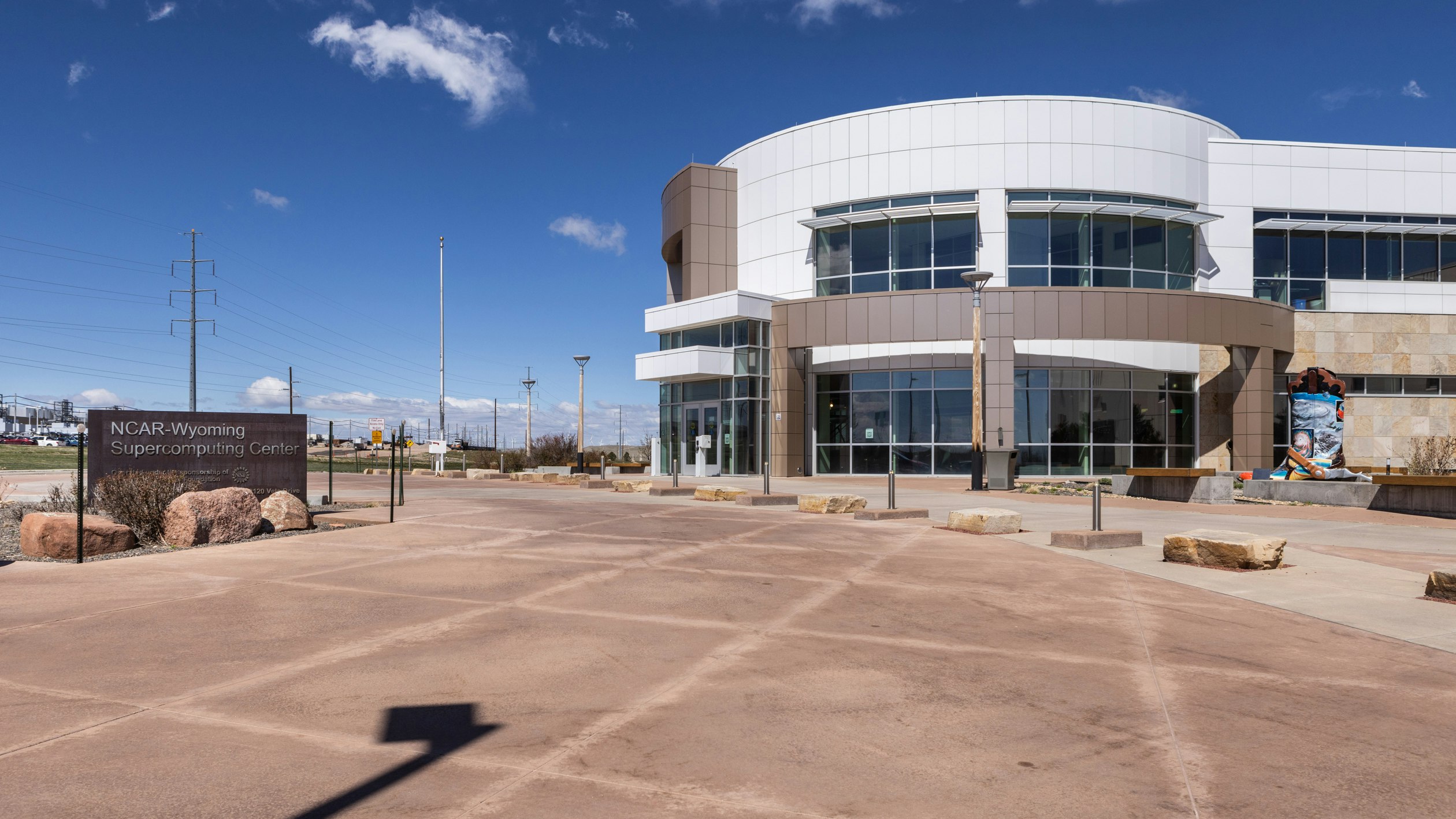Ogden Driskill’s family ranching legacy can be traced back to the Civil War, initially in Texas and now managing around 800 head of cattle on the Wyoming range near Devils Tower.
As one of the oldest ranching families in the United States, Driskill said he’s seen a lot of evolution and changes in America’s beef industry.
But it’s been over the last two to three decades that it’s become increasingly more difficult for ranching families like those in Wyoming to make a living as independent operations are squeezed out, he told Cowboy State Daily.
This economic struggle for small- and medium-sized ranchers is a byproduct of consolidation across the industry, making a once-comfortable livelihood nearly impossible.
It’s a stranglehold Driskill said radiates from the processing and packing companies at the center of the market. The “Big Four,” as ranchers call them, are to blame.
Wyoming Ranchers Fighting Uphill Battle
“These four packers are very large, very powerful and are able to drive the market,” said Jim Magagna, executive vice president of the Wyoming Stock Growers Association.
The numbers tell the story, he said.
In 1980, major meatpackers controlled 36% of the beef supply, which soared to 70% by the end of the decade. Today, those packers buy and process 85% of the beef in the United States.
These industry giants operate as both regional monopsonies and monopolies, exerting significant influence over both the price of meat bought from ranchers and the cost consumers pay at the supermarket.
Serving as both buyers and sellers, the “Big Four” control within the meat production sector.
At the recent American Farm Bureau Convention, Secretary of Agriculture Tom Vilsack addressed the anti-competitive practices among major producers, emphasizing his department's funding for small processors to encourage competition.
But while the Biden administration aims to address the disparity with more money, Wyoming ranchers like Driskill say the problem needs much more than a financial Band-Aid. Instead, they are advocating for substantive solutions to rectify longstanding issues that are now decades deep.
“The money helps, but you can’t fix it by just throwing money at the problem,” Magagna said. “We’ve got to create more options and more competition.”
Consumers Have To Demand It
Ranchers argue one of the real solutions lies in the reinstatement of country-of-origin labeling.
Because the “Big Four” buy such large volumes of beef, it comes from all over, including outside the U.S. That means the relatively small amount of beef a giant processor may get from an independent ranch is mixed in with other meat from who knows where. So, while that pound of ground beef may have U.S. beef in it, it also could have beef from Mexico or Canada.
The problem has the attention of U.S. Rep. Harriet Hageman, R-Wyoming, who’s gone so far as to propose a $5,000 per pound fine for meat that’s illegally labeled as U.S. beef.
Initially mandated by the 2008 Farm Bill, requiring labeling to let people know where their meat is coming from was repealed in 2015. But ranchers say they don’t want lawmakers mandate COOL again; rather, the push needs to come from consumers demanding it from processors.
“It has to be voluntary, and the consumer is the one who needs to demand it,” Driskill said. “I believe Americans want American meat, and they are willing to pay a premium price for it. As it stands right now, cattle raised in Mexico that are processed in America can have that label just because it was processed in America.”
By consumers demanding COOL, mid-sized producers and independent processors can distinguish their products, emphasizing quality, origin and unique offerings.
Transparency
This labeling initiative would demand transparency about the origin of meat products, holding the potential to create a more competitive environment among smaller and mid-sized producers, Driskill said.
Wyoming ranchers are advocating not only for the return of COOL, but also for a broader transformation in the industry with more mid-sized and larger producers.
This shift would reduce the dominance of the “Big Four” by providing opportunities for ranchers of varying scales to thrive and ensuring a healthier, more resilient meat production industry that benefits producers and consumers.
“We have small producers, and we have the four major producers,” Magagna said. “We need more mid-sized and large producers to be able to compete.”
Their hopes for increased competition are exemplified by projects like Sustainable Beef, a mid-sized to large meatpacking plant planned by Nebraska ranchers and cattle feeders. The facility will process about 1,500 cattle a day.
This initiative, part of a growing trend across the Midwest and Great Plains, aims to create alternative processing facilities organized by local producers.
By breaking away from the dominance of the “Big Four,” Driskill and Magagna said projects like these aspire to provide ranchers with more options, fairer pricing, and the ability to process their own animals.





